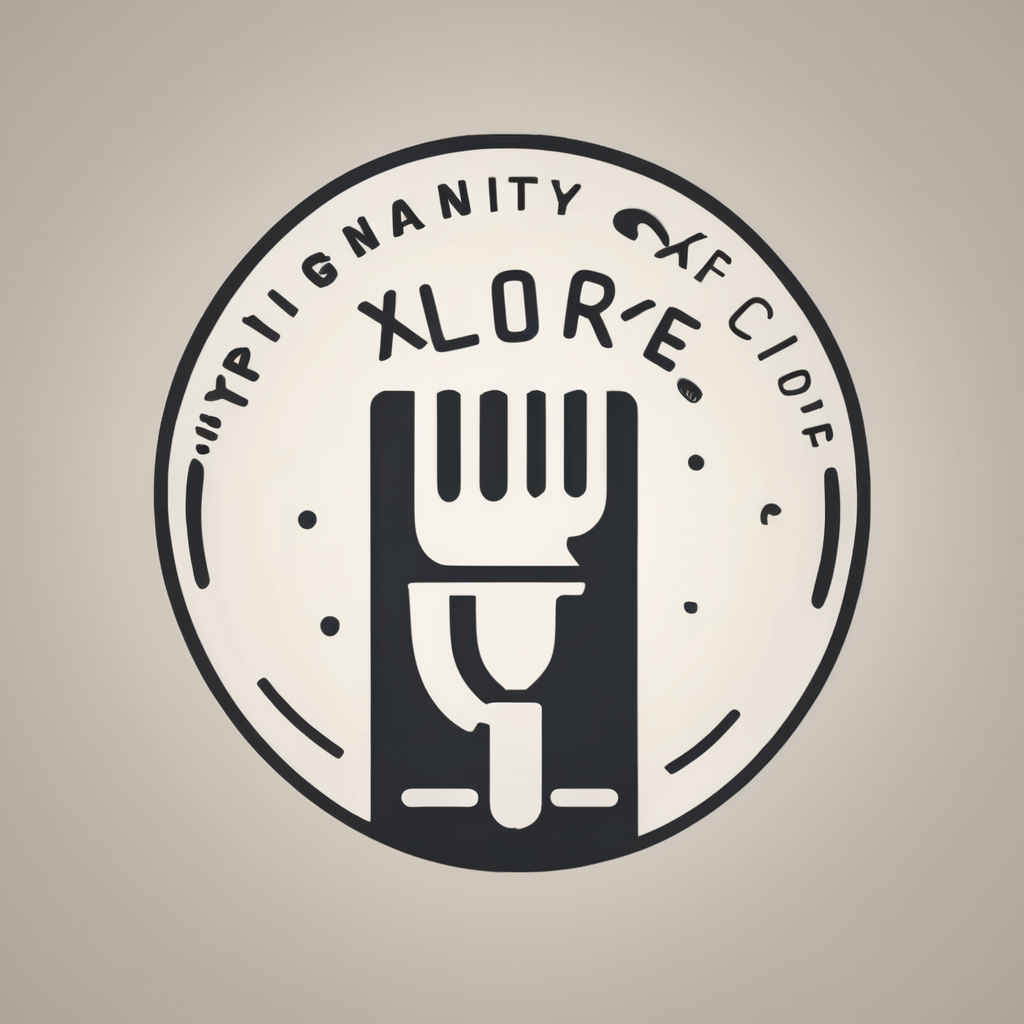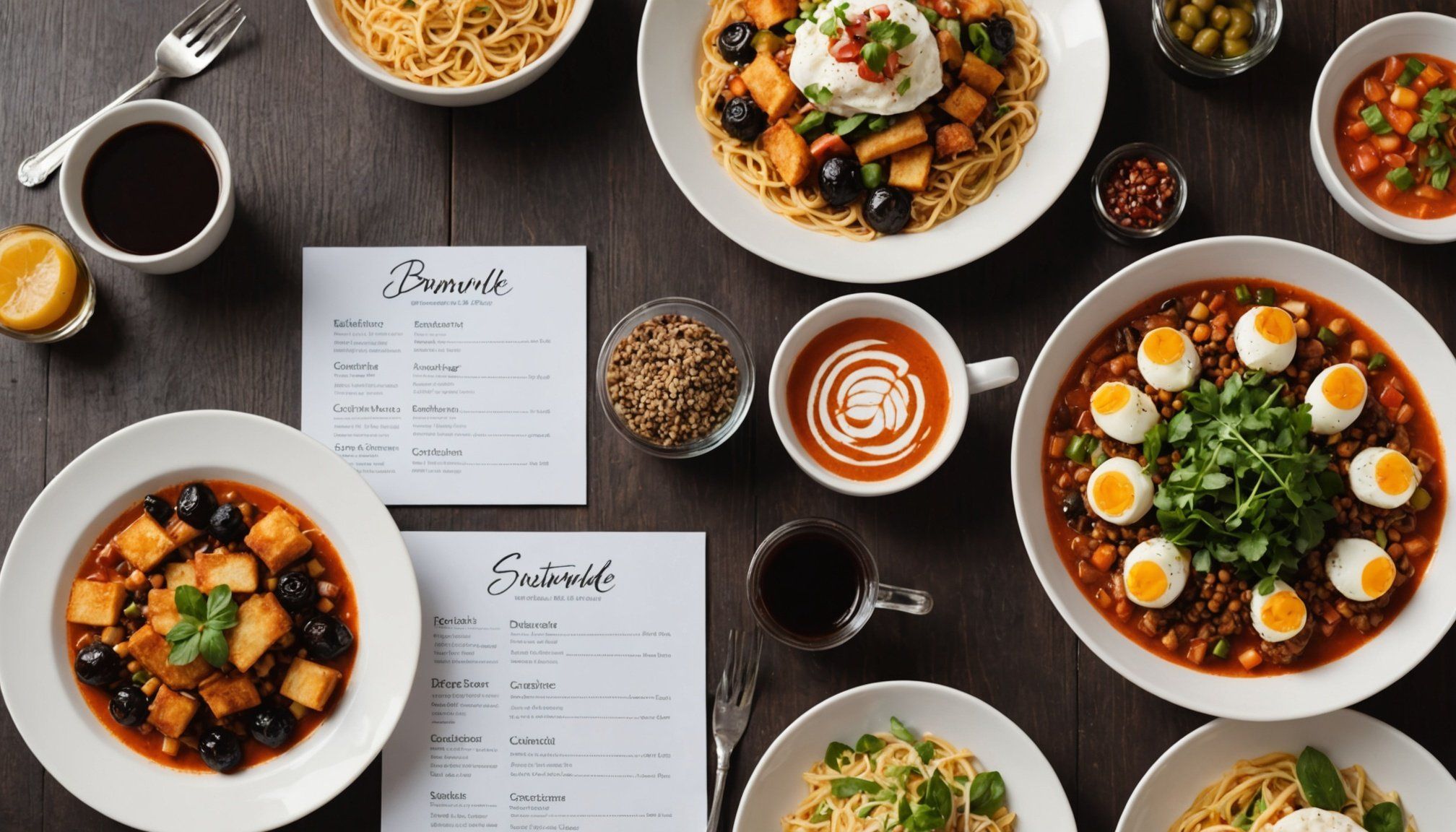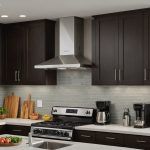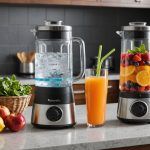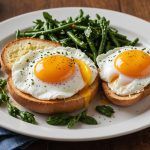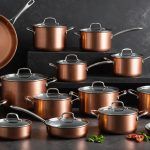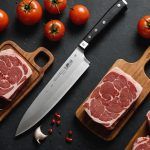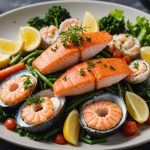Unveiling the Ingredients: Key Tips for Designing an Irresistible Restaurant Menu
Designing a restaurant menu is more than just listing your dishes; it’s an art that combines aesthetics, psychology, and marketing to create an irresistible dining experience. Here’s a comprehensive guide to help you craft a menu that not only reflects your restaurant’s brand identity but also drives customer satisfaction and increases profitability.
The Importance of Menu Design
Menu design is a critical component of your restaurant’s marketing strategy. It is often the first point of contact between your customers and your culinary offerings. A well-designed menu can make or break the dining experience, influencing what customers order and how much they spend.
This might interest you : Maximizing Freshness: Innovative Ways Restaurants Can Harness Rooftop Gardens for Ingredient Supply
“Menus are essential for motivating customers to order both online and in-house,” emphasizes the UpMenu blog. This underscores the need for a thoughtful and strategic approach to menu design[1].
Keeping it Simple and Easy to Read
One of the most crucial aspects of menu design is readability. A cluttered and overly complex menu can overwhelm customers, making it difficult for them to make decisions.
In the same genre : Key Factors for Selecting Sustainable Seafood for Your Restaurant Menu
Key Elements for Readability
- Clear Fonts and Layout: Choose fonts that are legible and reflect your restaurant’s brand identity. Avoid using too many different fonts, as this can make the menu look chaotic. Opt for a font size that is easy to read, avoiding text that is too small or too large[3].
- Organized Menu Categories: Structure your menu into clear sections such as appetizers, entrees, desserts, and drink menus. This makes it easy for customers to navigate and find what they are looking for[3].
- Use of White Space: Incorporate plenty of white space to highlight your dishes and make the menu easy to read. A clean and simple design can make your menu items stand out[3].
Highlighting Your Signature Dishes
Every restaurant has its star dishes – those that are both highly profitable and popular. Highlighting these items on your menu can significantly impact customer choices.
Strategies for Highlighting Signature Dishes
- Visual Cues: Use eye-catching design elements like borders, icons, or illustrations to draw attention to your signature dishes. Placing these items in prominent locations, such as the top of the menu or with high-quality photos, can increase their visibility[2][3].
- Menu Descriptions: Craft enticing and descriptive menu descriptions that highlight the unique qualities of your signature dishes. Use vivid language to evoke emotions and stimulate appetites[3][4].
- Golden Triangle Rule: Place your most profitable and popular items within the Golden Triangle area of the menu, where customers’ eyes tend to gravitate. This area includes the top left corner, the top right corner, and the center of the page[2][4].
The Role of Visuals and Color Theory
Visuals and color theory play a significant role in menu design, influencing customer emotions and choices.
Using High-Quality Photos
- Impact on Sales: High-quality photos can increase delivery volume by 15%, according to DoorDash data. Use natural lighting, minimalist plating, and flattering angles to make your dishes look appetizing[4].
- Placement: Position photos on the left side of the menu, as the right hemisphere of the brain processes images and the left side of the brain controls the right side of the body[2].
Color Theory
- Brand Consistency: Use colors that align with your restaurant’s theme and brand identity. This helps maintain consistency across all your marketing materials[1][3].
- Psychological Effects: Different colors can evoke different emotions. For example, reds and oranges can be energizing and appetizing, while greens are calming and associated with natural, organic, and healthy options[4].
Menu Engineering: A Profit-Driven Approach
Menu engineering is a systematic approach to designing menus that maximizes profitability. Here are some key strategies:
Categorizing Menu Items
- Stars: High-profit, high-popularity items. Highlight these items prominently on your menu.
- Puzzles: High-profit, low-popularity items. Promote these items through attractive descriptions, discounts, or repositioning.
- Plowhorses: Low-profit, high-popularity items. Adjust prices or pair these items with more profitable options.
- Dogs: Low-profit, low-popularity items. Consider eliminating these items from your menu[2].
Pricing Strategies
- Omitting Dollar Signs: Removing dollar signs and price decimals can make customers less price-sensitive.
- Rounding Prices: For fine dining establishments, using round numbers without dollar signs or decimals can create a perception of elevated value[2][4].
Incorporating Seasonal and Dietary Options
Keeping your menu fresh and relevant is crucial for maintaining customer interest.
Seasonal Ingredients
- Variety and Freshness: Incorporate seasonal ingredients to ensure your dishes use the freshest ingredients available. This also gives your menu a sense of variety and change[3].
- Highlighting Seasonal Specialties: Create anticipation by highlighting seasonal specialties. This can encourage customers to visit your restaurant regularly to experience new offerings.
Dietary Sections
- Catering to All Needs: Offer specialized sections for allergens or dietary preferences such as plant-based options. Clearly mark dishes that contain allergens to accommodate dietary restrictions[1][3].
Practical Tips for Restaurant Owners
Here are some practical tips to help you create an irresistible restaurant menu:
Limit Menu Items
- Miller’s Law: People can only retain seven plus or minus two items in their short-term memory. Limiting your menu items to 5-7 categories strikes a balance between variety and simplicity[1][2].
Use of Modifiers and Cross-Selling
- Increasing Revenue: Incorporating cross-selling tools and menu modifiers can increase both the restaurant revenue and the average check by encouraging customers to add more to their orders[1].
Digital Menus
- QR Code Menus: Use QR code menus to make it easy for customers to access your menu digitally. This can speed up the ordering process and enhance the customer experience[2][3].
Examples of Effective Menu Design
Here are a few examples of effective menu design strategies:
Bistro Restaurant Menu
- Bright and Transparent Design: Use a bright and transparent menu design template.
- Attractive Pictures: Include attractive pictures of dishes.
- Easy Navigation: Ensure the menu is easy to navigate with clear division of menu categories[1].
Green Table Restaurant Menu
- Clear Division of Categories: Clearly divide the menu into categories.
- High-Quality Photos: Use high-quality photos of dishes.
- Easy Navigation: Make sure the menu is easy to navigate[1].
Designing an irresistible restaurant menu is a multifaceted task that requires careful consideration of aesthetics, psychology, and marketing. By keeping your menu simple and easy to read, highlighting your signature dishes, using high-quality visuals and strategic color theory, and employing menu engineering techniques, you can create a menu that enhances the dining experience and drives profitability.
As a restaurant owner, remember that your menu is a powerful tool that can influence customer choices and satisfaction. By following these tips and continuously testing and refining your menu, you can ensure that your restaurant remains a favorite among customers.
Table: Comparing Key Menu Design Strategies
| Strategy | Description | Benefits |
|---|---|---|
| Highlighting Signature Dishes | Use visual cues and prominent placement to highlight high-margin, high-popularity items. | Increases visibility and sales of profitable items[2][3]. |
| Menu Engineering | Categorize menu items based on profit and popularity, and adjust pricing and placement accordingly. | Maximizes profitability by promoting high-margin items and eliminating low-margin ones[2]. |
| Use of High-Quality Photos | Include high-quality photos of dishes to make them visually appealing. | Increases customer interest and sales by up to 15%[4]. |
| Seasonal Ingredients | Incorporate seasonal ingredients to ensure freshness and variety. | Keeps the menu fresh and encourages repeat visits[3]. |
| Clear and Simple Design | Use clear fonts, organized categories, and ample white space. | Enhances readability and makes the menu easy to navigate[3]. |
| Digital Menus | Use QR code menus for easy access and faster ordering. | Enhances customer experience and speeds up the ordering process[2][3]. |
Detailed Bullet Point List: Steps to Create an Effective Restaurant Menu
-
Compile a Full List of Dishes and Beverages:
-
List all the dishes and beverages you plan to include on your menu.
-
Consider the culinary theme and brand identity of your restaurant[1].
-
Set Pricing:
-
Decide on menu pricing based on food costs and profitability.
-
Ensure that prices are competitive and aligned with your target market[1].
-
Write Descriptions:
-
Create concise and enticing descriptions for each dish.
-
Use vivid language to highlight flavors, textures, and unique qualities[3][4].
-
Choose Fonts and Layout:
-
Select fonts that are legible and reflect your restaurant’s brand identity.
-
Ensure the layout is organized and easy to navigate[3].
-
Select Colors:
-
Choose colors that align with your restaurant’s branding and theme.
-
Consider the psychological effects of different colors on customer choices[3][4].
-
Add Allergen Information:
-
Clearly mark dishes that contain allergens to accommodate dietary restrictions.
-
Offer specialized sections for allergens or dietary preferences[1][3].
-
Incorporate Visuals:
-
Use high-quality photos of dishes to enhance visual appeal.
-
Position photos strategically, such as on the left side of the menu[2][4].
-
Test and Refine:
-
Conduct regular audits of your menu’s performance.
-
Make adjustments based on customer feedback and sales data[2][4].
Quotes from Experts
- “Menus are essential for motivating customers to order both online and in-house.” – UpMenu Blog[1]
- “A well-rounded QR code menu should be visually appealing, easy to read, and informative.” – MenuTiger Blog[3]
- “Properly executed menu photography will pique diners’ interest in dishes they’ve never tried before, entice them to come back, and drive sales of profitable items.” – DoorDash Blog[4]
By following these tips and strategies, you can create a restaurant menu that not only enhances the dining experience but also drives customer satisfaction and profitability. Remember, your menu is a powerful marketing tool that deserves careful attention and continuous refinement.
